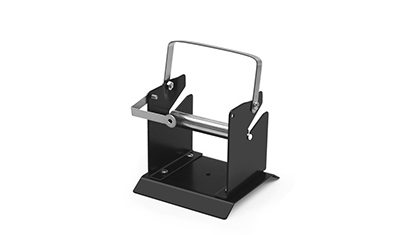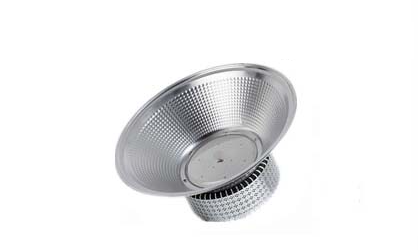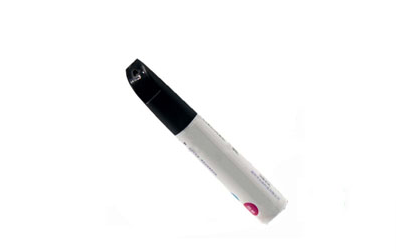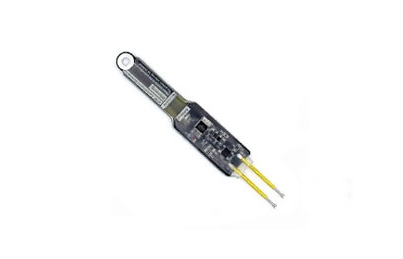Cat 5e copper core twisted pair 8 core Gigabit Ethernet cable
These Cat5e cables meet or exceed all Category 5e cable specifications to ensure reliable Ethernet network connections. Plus, the cable has a durable yellow PVC jacket that lets you color-code your running network cable if you want.
The cable features a molded jacket that reduces connector stress by preventing the RJ45 connector termination points from bending at sharp angles and reducing the risk of cable damage, thereby reducing network performance. The 8P8C (RJ45) connector is widely used in Ethernet networks, making it less prone to jamming or breaking. This prevents the cable from loosening from the port, ensuring a secure connection. Get the best value for your cable investment with our Cat 5e cables, each cable contains 24 AWG copper wire with premium copper conductors, ensuring high performance for your demanding Ethernet applications such as Power over Ethernet.

What is cat 5e ethernet cable?
Cat5e, "e" stands for "Enhanced". Cat 5e cables are manufactured to a higher standard than Cat 5 and are designed to reduce "crosstalk," a phenomenon of unwanted signal transmission in a line that reduces throughput. Cat5e can reach speeds of 1000 Mbps and is used in many residential and commercial wired applications for Gigabit Ethernet.
The best ethernet cables can dramatically increase network and internet speeds. Offers higher, more consistent throughput with less interference, which also makes them the best choice for gaming. Today, the choice boils down to a few different types: Cat5, Cat6, and Cat7, with some variations. (Cat is the abbreviation of "category", which usually indicates the speed that the cable can carry.) Gigabit Ethernet and Fast Ethernet transmit CLK clock signals and DATA data signals, and the network cable needs to transmit in both directions, so it is necessary to transmit TX_CLK, TX_DATA, RX_CLK, RX_DATA four kinds of signals, so four copper core wires are required. According to technology and needs, a 100M network uses 4 copper core wires, leaving 4 copper core wires for spare, while the transmission speed of a gigabit network is faster, the distance is longer, and the requirements are higher. In order to achieve this purpose and reduce interference, Choose to use differential transmission, so you need to use 8 copper core wires.
From a cost standpoint, the Cat5e is the most affordable and the most flexible around turns and corners, and therefore the most "easy" for DIY installers.
Ethernet cable category speed and frequency:
Cat 3: Up to 10Mbps (16MHz)
Cat 4: Up to 16Mbps (20MHz)
Cat 5: Up to 100Mbps (100MHz)
Cat 5e: Up to 1Gbps (100MHz)
Cat 6: Up to 1Gbps (250MHz)
Cat 6a: Up to 10Gbps (500MHz)
Cat 7: Up to 10Gbps (600MHz)
Cat 7a: Up to 10Gbps (1000MHz)
Cat 8: Up to 40Gbps (2000MHz)
These standards are measured with a cable length of 100 meters. Performance tends to degrade as the cable gets longer.


 90853.24USD
90853.24USD 82.18USD
82.18USD 2.07USD
2.07USD 0.14USD
0.14USD 3115.95USD
3115.95USD 13.48USD
13.48USD 891.72USD
891.72USD 136.63USD
136.63USD 0.13USD
0.13USD 0.05USD
0.05USD 0.13USD
0.13USD
 Favorites
Favorites History
History

 Feedback
Feedback








